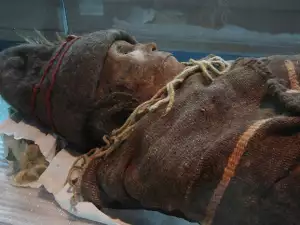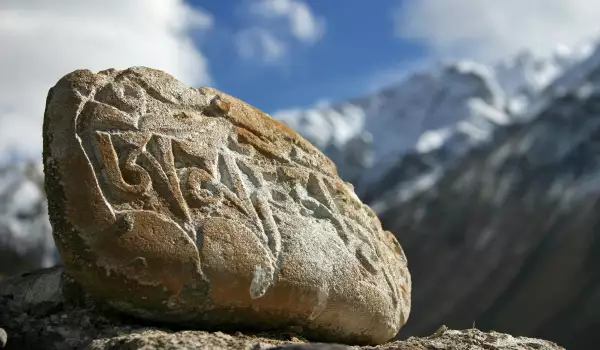The most controversial of modern rites of ancient South American societies, is human sacrifice. Information about the victims, however, is deficient. To help with this, comes physical anthropology that tells us more about the people afflicted by this.
In recent years, research on what people are sacrificed to the gods, has seen a significant increase. They use bone collagen and numerous samples to determine where the victims lived in the decade before their death, and their way of eating in the month preceding the fatal ritual.
This study was to investigate the two key variables - housing and living habits of the victims.
Surveyed individuals lived in the valley of the Incas, accounting for radical social change. The researchers decided to test the hypothesis that the victims were carried from outside the settlement.

This can easily be demonstrated by comparing the diets of alleged foreign victims in the last month of life, and possibly the established their change in diet. To do this, the researchers studied 33 sets of human remains of sacrifices, whose ribs were sampled.
Inca rituals were carried out in the heart of the empire, the victims were mostly young men and women. Thirty of the examined 33 bodies were women and they are young, they had reached age 15.

Most of them were killed with a very sharp knife, probably of copper or bronze. In most cases, there were several complex sets of combinations of options for cutting the throat.
The results of the study of eating habits are surprising. And at least, it does not meet expectations. Victims are residents of the region and do not appear to have suffered any visible change in their diet during the last months of his life. This is very different from other sacred offerings in which the victim "fattens" before the ritual.
These findings indicate the presence of a specific model of human sacrifice in the late period and highlight regional and temporal variations in the sacrificial practices in the central Andes.
This underlines the need for a specific, unique study of individual villages to understand the context, at least the way the victims wend down.













